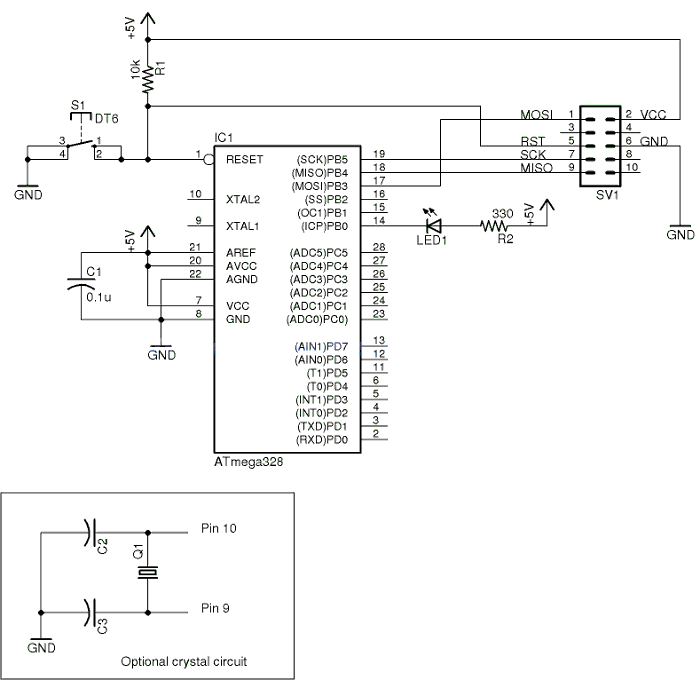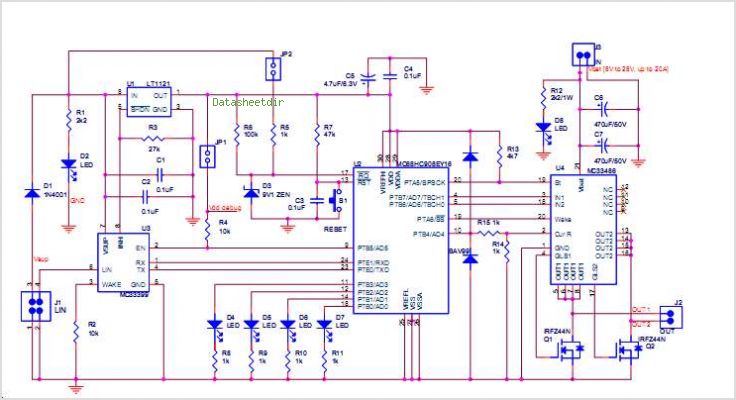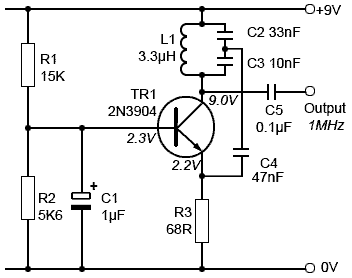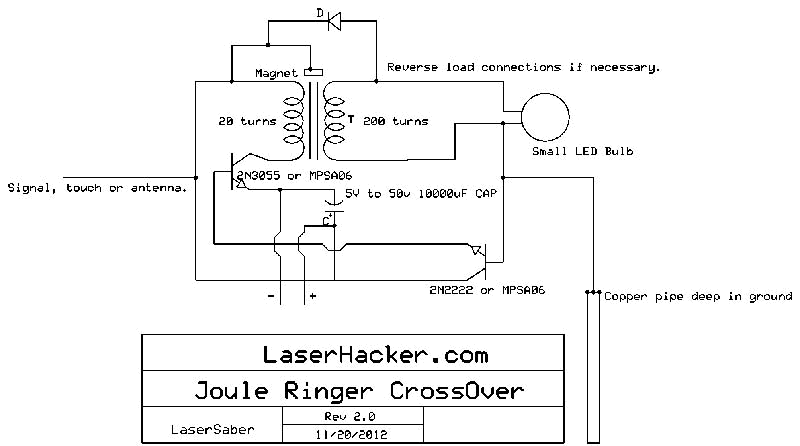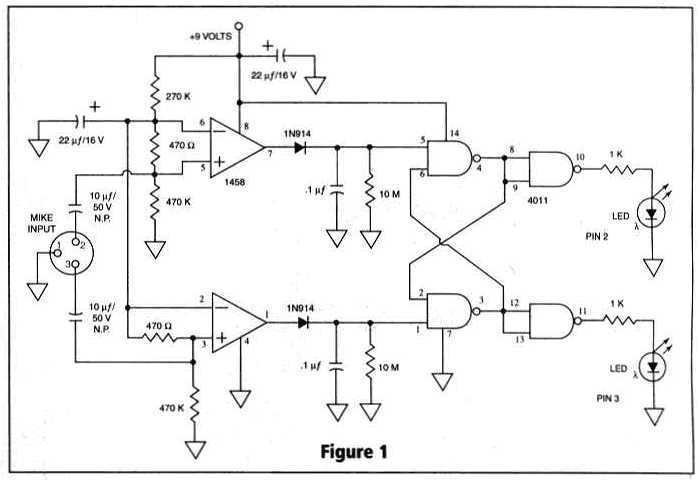
Electret Mic AmplifierCircuit Project
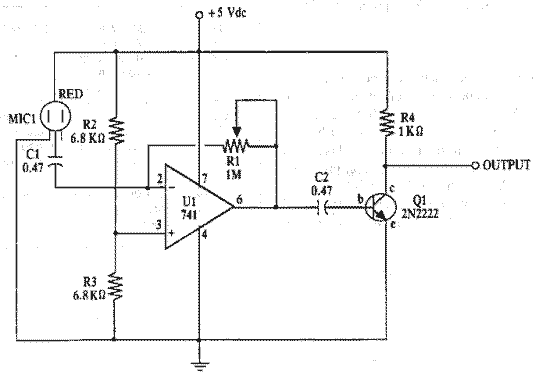
All resistors have a tolerance of 5 or 10 percent and are rated for 1/4 watt. All capacitors have a tolerance of 10 percent and are rated for 35 volts or higher. This circuit effectively amplifies the output of a standard electret condenser microphone. Sensitivity can be adjusted by turning resistor R1.
The circuit described utilizes standard electronic components to amplify the signal from an electret condenser microphone, which is commonly used in various audio applications due to its compact size and good performance. The use of resistors with tolerances of 5 or 10 percent ensures a reliable and stable operation, while the 1/4-watt rating allows these components to handle the power levels typically encountered in audio applications without overheating.
Capacitors in this circuit are specified with a tolerance of 10 percent and a voltage rating of 35 volts or higher, ensuring that they can withstand the necessary voltage levels without risk of failure. This is particularly important in audio circuits, where signal integrity is crucial for optimal performance.
The amplification circuit likely includes an operational amplifier (op-amp) configuration, which is commonly used for this purpose. The microphone's output is fed into the non-inverting input of the op-amp, while feedback is provided through R1, allowing for sensitivity adjustments. By varying R1, the gain of the amplifier can be modified, enabling the user to fine-tune the microphone's output level to suit different applications, whether it be for recording, live sound reinforcement, or other audio processing tasks.
In summary, this circuit provides a straightforward and effective means of amplifying the output from an electret condenser microphone, with adjustable sensitivity to accommodate various audio requirements. The component specifications ensure reliability and performance, making it suitable for a wide range of electronic audio applications.All resistors are 5 or 10 percent tolerance, 1/4-watt all capacitors are 10 percent tolerance, rated 35 volts or higher. This circuit amplifies the output of a regular electret condenser microphone quite nicely. adjust sensitivity by turning R1 🔗 External reference
The circuit described utilizes standard electronic components to amplify the signal from an electret condenser microphone, which is commonly used in various audio applications due to its compact size and good performance. The use of resistors with tolerances of 5 or 10 percent ensures a reliable and stable operation, while the 1/4-watt rating allows these components to handle the power levels typically encountered in audio applications without overheating.
Capacitors in this circuit are specified with a tolerance of 10 percent and a voltage rating of 35 volts or higher, ensuring that they can withstand the necessary voltage levels without risk of failure. This is particularly important in audio circuits, where signal integrity is crucial for optimal performance.
The amplification circuit likely includes an operational amplifier (op-amp) configuration, which is commonly used for this purpose. The microphone's output is fed into the non-inverting input of the op-amp, while feedback is provided through R1, allowing for sensitivity adjustments. By varying R1, the gain of the amplifier can be modified, enabling the user to fine-tune the microphone's output level to suit different applications, whether it be for recording, live sound reinforcement, or other audio processing tasks.
In summary, this circuit provides a straightforward and effective means of amplifying the output from an electret condenser microphone, with adjustable sensitivity to accommodate various audio requirements. The component specifications ensure reliability and performance, making it suitable for a wide range of electronic audio applications.All resistors are 5 or 10 percent tolerance, 1/4-watt all capacitors are 10 percent tolerance, rated 35 volts or higher. This circuit amplifies the output of a regular electret condenser microphone quite nicely. adjust sensitivity by turning R1 🔗 External reference
Warning: include(partials/cookie-banner.php): Failed to open stream: Permission denied in /var/www/html/nextgr/view-circuit.php on line 713
Warning: include(): Failed opening 'partials/cookie-banner.php' for inclusion (include_path='.:/usr/share/php') in /var/www/html/nextgr/view-circuit.php on line 713
